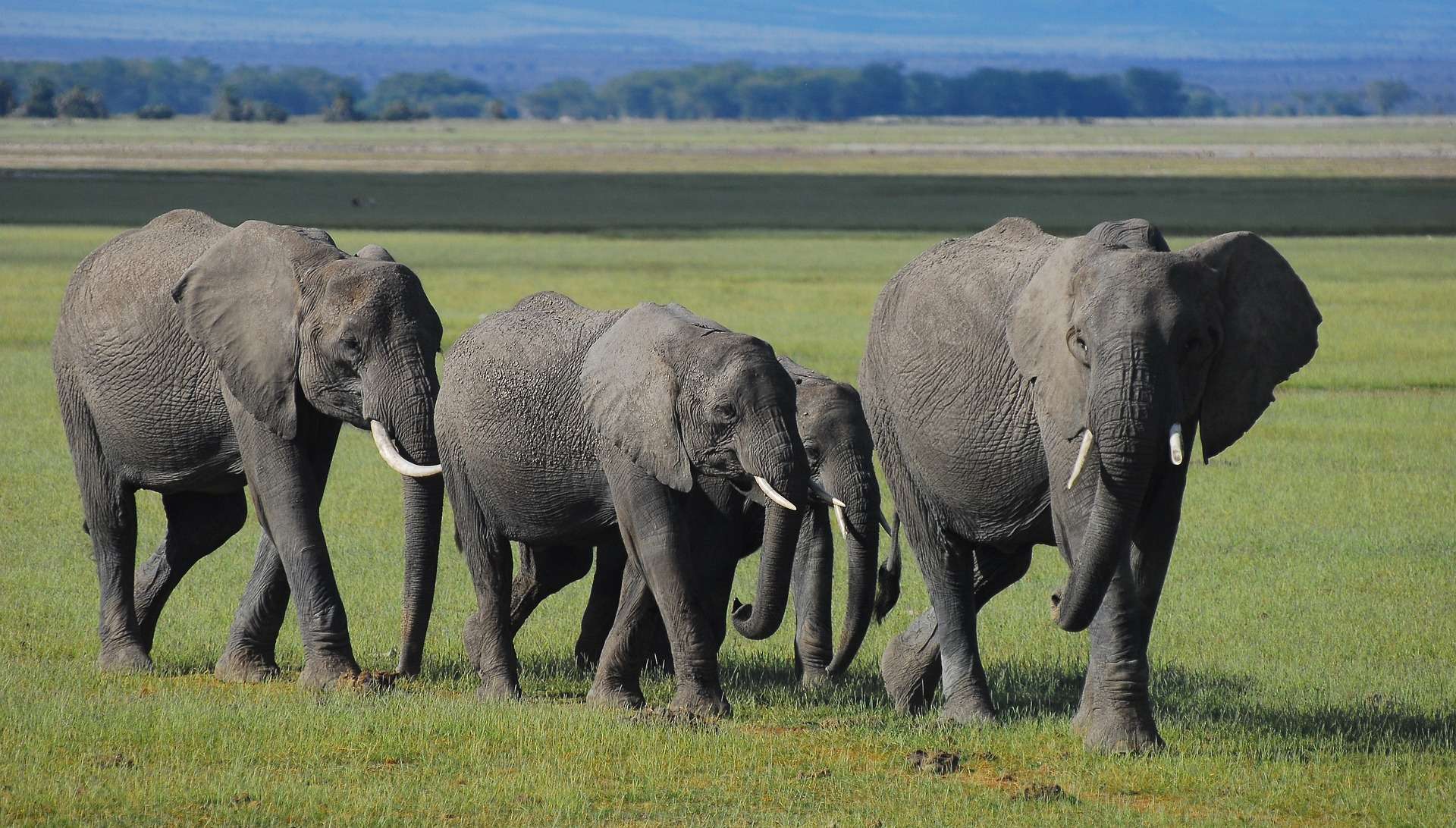- +255 784 331 662
- info@savannahtz.co.tz
- Plot no. 62 Usa River, Arusha, Tanzania
Known for its unspoiled wilderness
and remote location
Katavi National Park
Katavi National Park is a protected area located in western Tanzania, covering an area of approximately 4,471 square kilometers. It is considered to be one of the most remote and untouched wildlife reserves in Africa, and is known for its vast and unspoiled wilderness areas, stunning landscapes, and diverse wildlife.
The park is particularly famous for its large herds of buffalo, estimated to be the largest in Tanzania, as well as its populations of elephants, giraffes, zebras, lions, leopards, cheetahs, hyenas, and various antelope species. The park is also home to over 400 species of birds, making it a popular destination for birdwatchers.
Katavi National Park is known for its unspoiled wilderness and remote location, making it a popular destination for adventurous travelers who are seeking an off-the-beaten-path safari experience. The park’s rugged terrain and limited infrastructure mean that visitors can enjoy a more exclusive and authentic safari experience, with the chance to see some of Africa’s most iconic wildlife in their natural habitat.
Katavi National Park is located in western Tanzania and is known for its vast open plains, large herds of wildlife, and stunning natural scenery. The park is home to a diverse array of wildlife species, including:
- Elephants: Katavi is home to one of the largest populations of elephants in Tanzania, and visitors can often see herds of these majestic animals wandering through the park.
- Hippos: The park is also home to a large population of hippos, which can be seen bathing in the rivers and lakes.
- Crocodiles: Katavi is known for its crocodile populations, and visitors can see these prehistoric creatures basking in the sun along the rivers.
- Lions: Katavi is home to several prides of lions, and visitors have a good chance of seeing these big cats hunting and lounging on the plains.
- Leopards: Although elusive, leopards are also present in Katavi National Park, and visitors may spot them resting in the trees during the day or hunting at night.
- Buffalos: Katavi has one of the largest herds of buffalos in Tanzania, and these massive animals can often be seen grazing on the plains.
- Zebras: The park is home to both common zebras and the rare, and more striking-looking, Grevy’s zebras.
- Giraffes: The park is also home to both Masai giraffes and reticulated giraffes.


In addition to these species, Katavi National Park is also home to a variety of other wildlife, including wildebeest, hyenas, cheetahs, and a wide range of bird species.
The best time to visit Katavi National Park is during the dry season, which runs from June to October. During this time, the weather is dry, and the wildlife is concentrated around water sources, making it easier to spot. The dry season is also the best time for bird watching, as many species congregate around water sources.
In addition, the dry season is the best time to explore the park’s vast open plains, which are teeming with wildlife. Visitors can expect to see large herds of buffalos, elephants, and other grazers moving through the park, and predators like lions and leopards hunting them.
It is worth noting that the dry season can be quite hot and dusty, so visitors should come prepared with sunscreen, hats, and plenty of water.
The wet season in Katavi National Park runs from November to May, and during this time, the park is more lush and green, making it a great time for photography and scenic drives. However, the wet season can make it more challenging to navigate the park’s dirt roads, and some areas may become inaccessible due to flooding.
Overall, the best time to visit Katavi National Park will depend on your interests and priorities. If you’re interested in seeing wildlife and bird watching, then the dry season is the best time to visit. If you’re more interested in photography and scenic drives, then the wet season might be more suitable.

